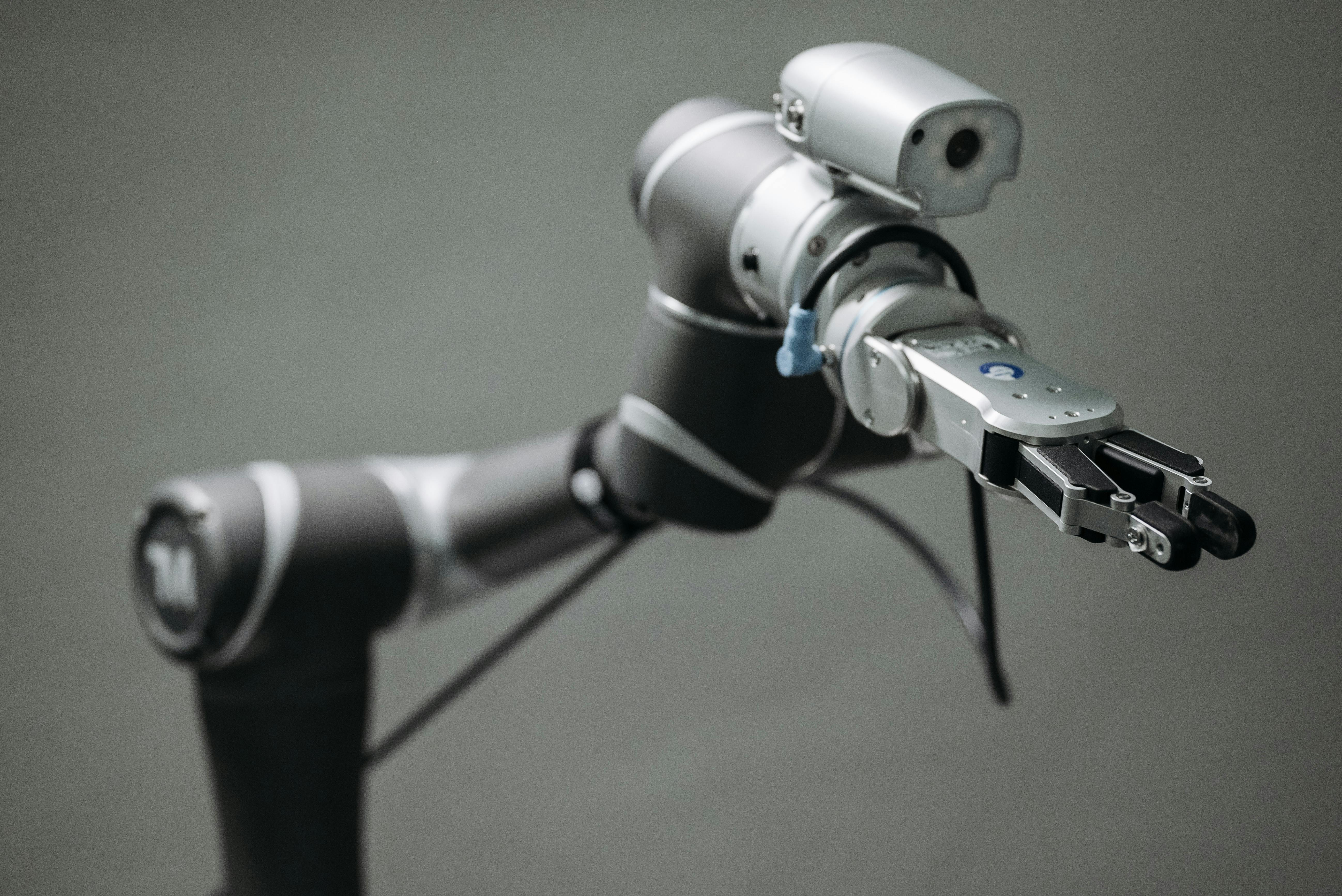source:[1] Byte-Sized AI: Walmart Teams With OpenAI on Employee Training; Nvidia Links With Intel Spinout on Physical AI (https://sourcingjournal.com/topics/technology ...)[2] Walmart's AI-Driven Marketplace Growth Transforming E-Commerce (https://vertexaisearch.cloud.google.com/groun ...)[3] Walmart Partners with OpenAI for AI Training Initiative Amid Stock Dip - BTCC (https://vertexaisearch.cloud.google.com/groun ...)
